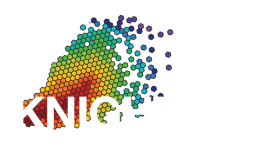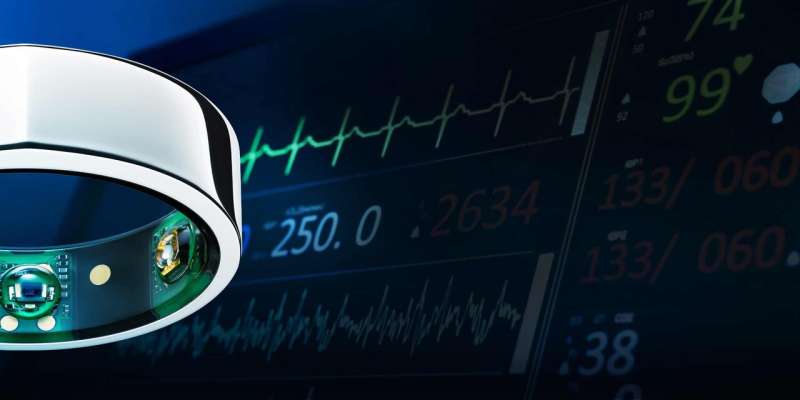To better understand early signs of coronavirus and the virus’ spread, physicians around the country and data scientists at UC San Diego are working together to use a wearable device to monitor more than 12,000 people, including thousands of healthcare workers. The effort is already underway at hospitals in the San Francisco Bay Area and at the University of West Virginia.
Based on early data analysis, the researchers seem able to predict whether someone is getting sick; whether it’s going to be mild or severe; and potentially whether the illness is specifically COVID-19. But they want to broaden the number of subjects to make sure they are capturing a representative sample of the U.S. population.
“Our first push is to get as many people involved as possible,” said Benjamin Smarr, who leads the data analysis effort and is a professor of data science and bioengineering at the Jacobs School of Engineering at UC San Diego. “If enough people are involved we can cover the whole country.”
Subjects don’t necessarily have to use a wearable device. They can simply enter their symptoms on a web form, such as those provided by UC San Diego’s own reportyoursymptoms.ucsd.edu/survey, as well as www.covidnearyou.org/#!/ and quantifiedflu.org.
Subjects in the study also have an option to take part in sample collection led by professor Rob Knight, director of the UC San Diego Center for Microbiome Innovation. Samples could include swabs, stools and blood that will confirm infection and immunities.
The researchers are mindful of privacy concerns. When people opt in to the study, they make their data available for three months to UC San Francisco. It is then anonymized before large-scale analysis starts at UC San Diego.
The ultimate goal is to develop the equivalent of a weather map for COVID-19 spread and severity, based on developing algorithms for sickness prediction and early alert, with the help of Ilkay Altintas, chief data science officer at the San Diego Supercomputer Center and a fellow at the Halicioglu Data Science Institute at UC San Diego. She and her team have developed tools to gather data about wildfires and predict where the blazes are headed. They hope to do the same with the virus. Algorithms will be released publicly and anyone providing data would have the option to contribute to these efforts.
“This will be the deepest data dive into an illness that has been attempted and carried out,” said Smarr.




